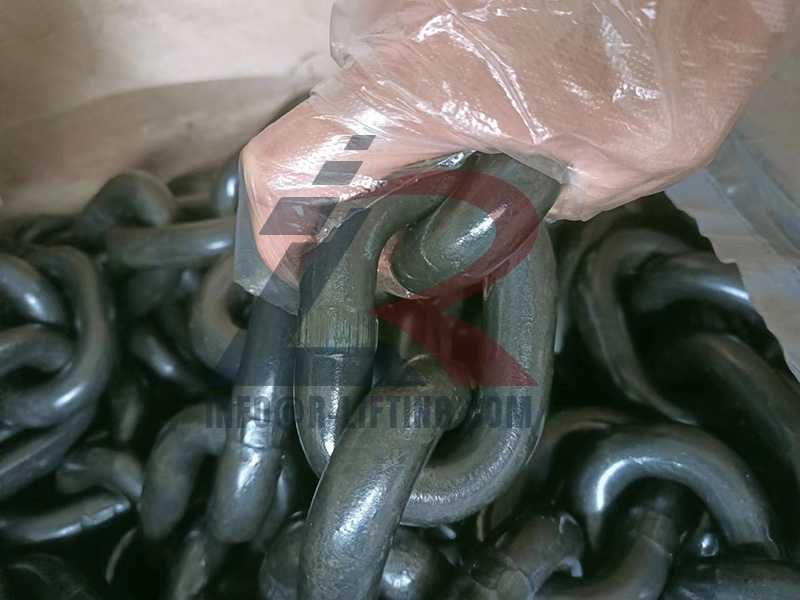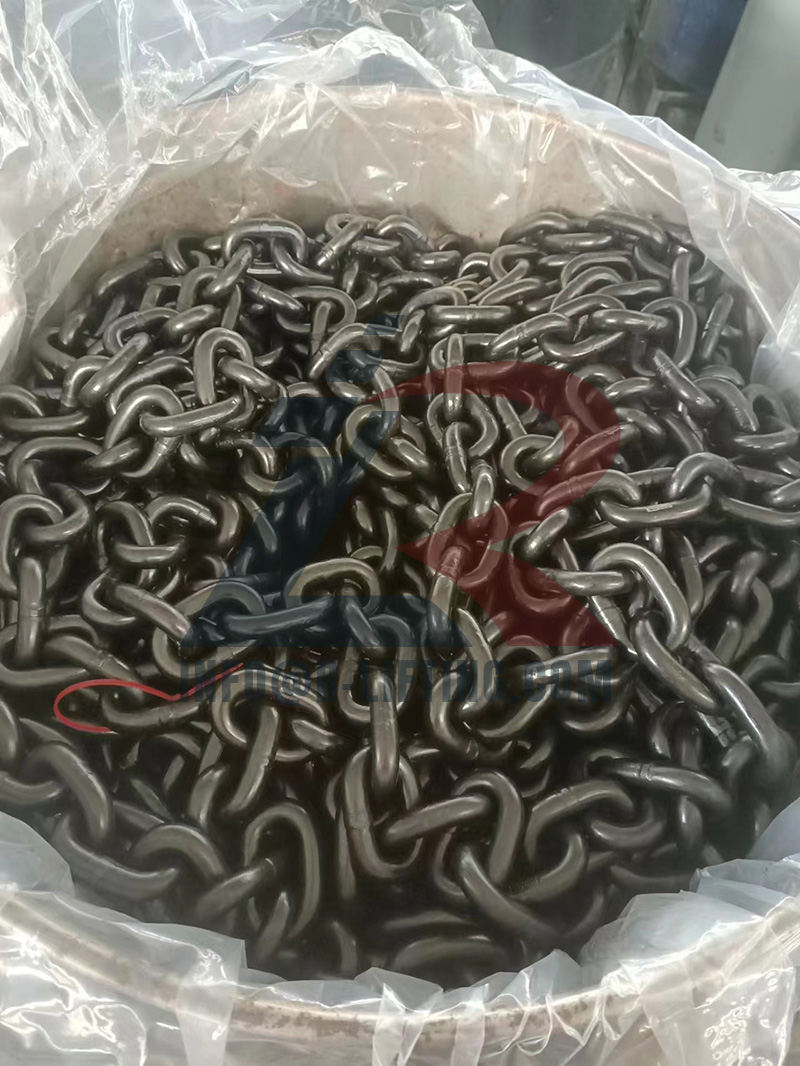2023-03-06by R-LIFTING
Chains, in general, have been in existence for decades upon decades. Being one of the most reliable ways the world has adapted to lift and tie down materials in various applications. Little wonder, its use has been greatly adapted across every part of the world’s respective industries. In ancient times, people used any type of chain to lift something, tie down a load, or tow a vehicle as long as it was available. However, in recent times, different chains have been created to serve different purposes. Due to the huge demand and also to cater for safety concerns by properly regulating. For this reason, the industry has begun to differentiate between various materials and grades of chain and the specific applications they should be used for. Hence, the creation of chain lifts.


Chain Grades
One of the safety measures implemented was to place chain in Grades based on the ultimate breaking strength of that chain. This number is what we see today G30, G43, G70, G80 & G100 and the common chain grades. The number after each letter is N/mm2. For example, G80 means that the maximum stress on the chain at ultimate strength is 800 newtons per millimeter squared.
Working Load Limit (WLL) of Chain
The other safety measure was identifying which types of chain are appropriate and strong enough for overhead lifting. Anytime we move or lift a load it is dangerous. Moving a load along the ground has the advantage that the ground is supporting the load. We have to overcome the coefficient of friction to move the load. The chain’s working load limit does not have to match the weight of the load. It needs to be able to handle the tension applied, which is based on the surface that it is being moved over plus some fraction of the weight of the load. This can be calculated using formulas.
If we lift that same load off the ground, we now have to overcome gravity. The chain’s working load limit will have to be of sufficient strength to support the weight of the load plus any additional forces imposed by angles and hitch type(s) used.